Student Wellbeing
SCHOOL-WIDE
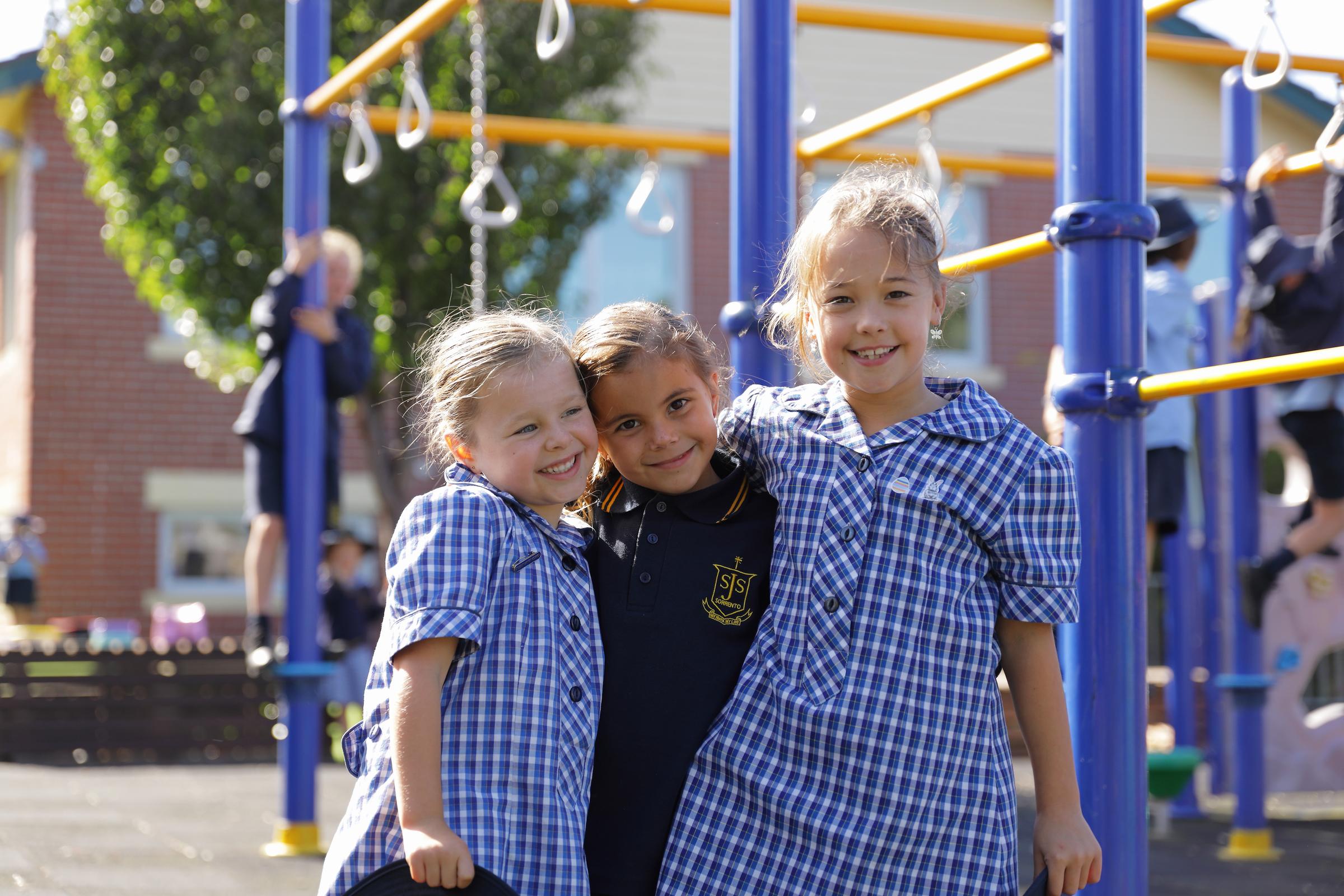
Student Wellbeing
SCHOOL-WIDE
NEW School Wellbeing Action Team
We recently commenced a new wellbeing initiative through the newly formed SWAT (School Wellbeing Action Team) in striving towards for the community involvement in the promotion of wellbeing of all in our school community. I would like to thank the parents, students and staff for volunteering to be a part of this and welcome their input of all matters wellbeing. At the first of our SWAT Meetings held earlier this month, one suggestion from parents was to inform our families of some of the wellbeing strategies and practices currently being used at St Joseph's in order to promote parent partnerships for a shared understanding and a consistency of approaches between school and home. Below are a few wellbeing practices that operate school-wide and the purpose of each of these.
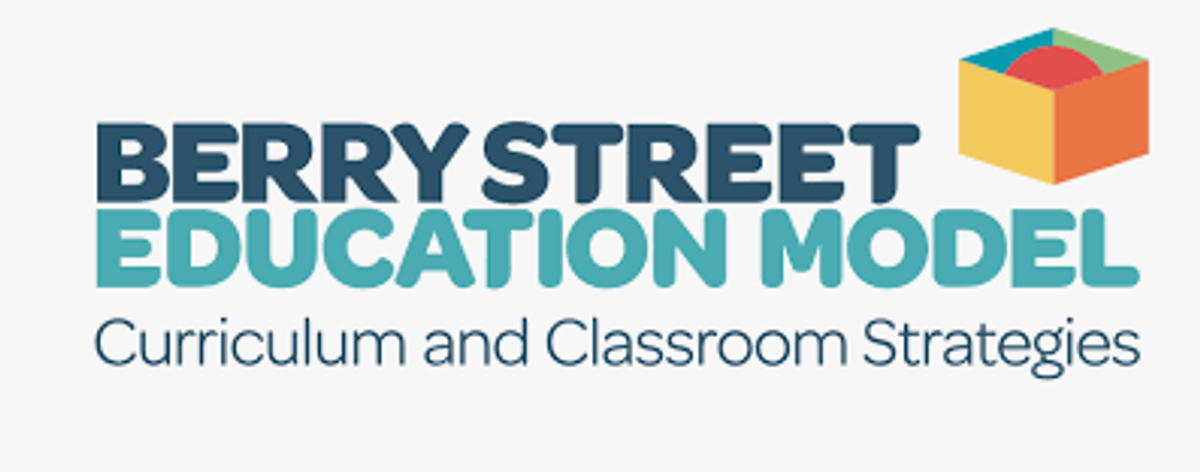

BERRY STREET EDUCATION MODEL
All staff members at St Joseph's are in the process of completing all five domains of the Berry Street Education Model, an evidence-based positive education school-wide approach to the wellbeing of all within the school community. So far, we have completed the first two domains, Domain 1 - Body and Domain 2 - Relationships. Many recommended strategies and practices have been implemented within all learning spaces as a school-wide approach. The MORNING CIRCLE is one of the routines or strategies that marks the beginning of each new day across all of our learning spaces.
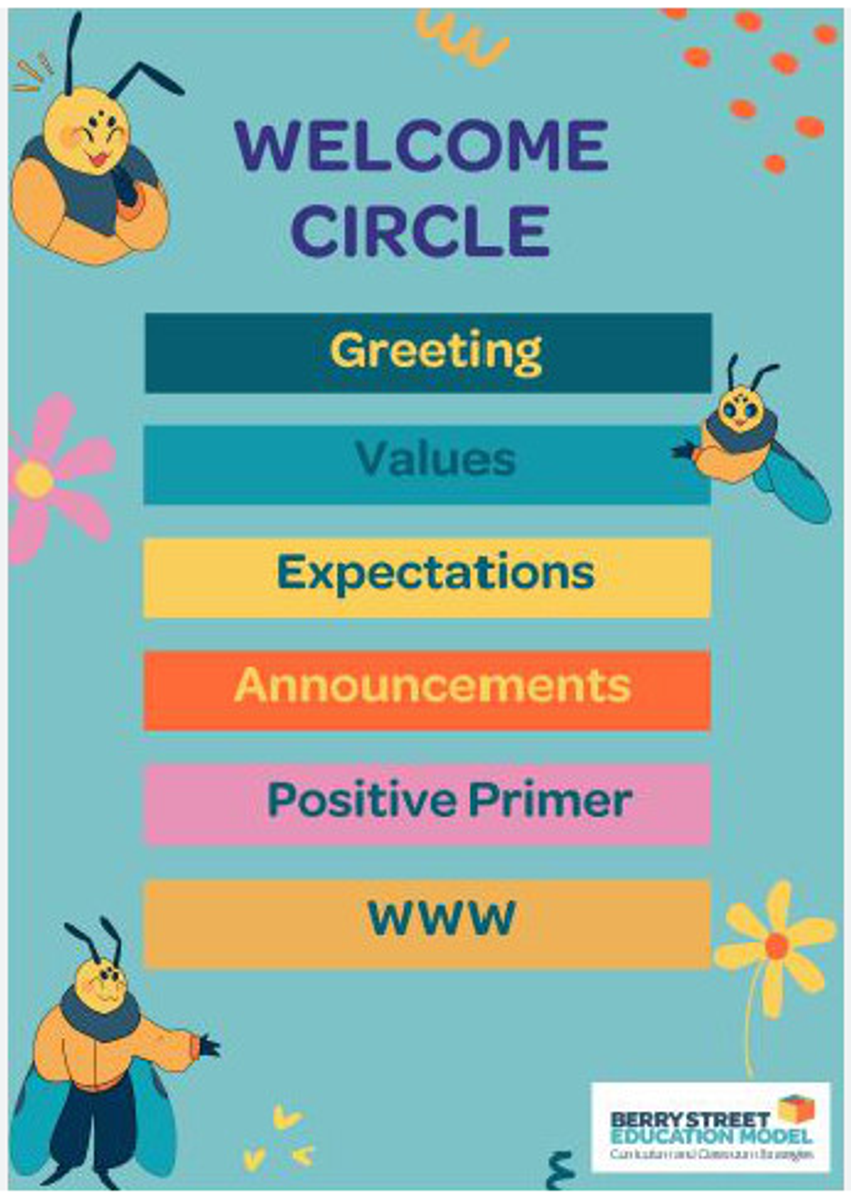

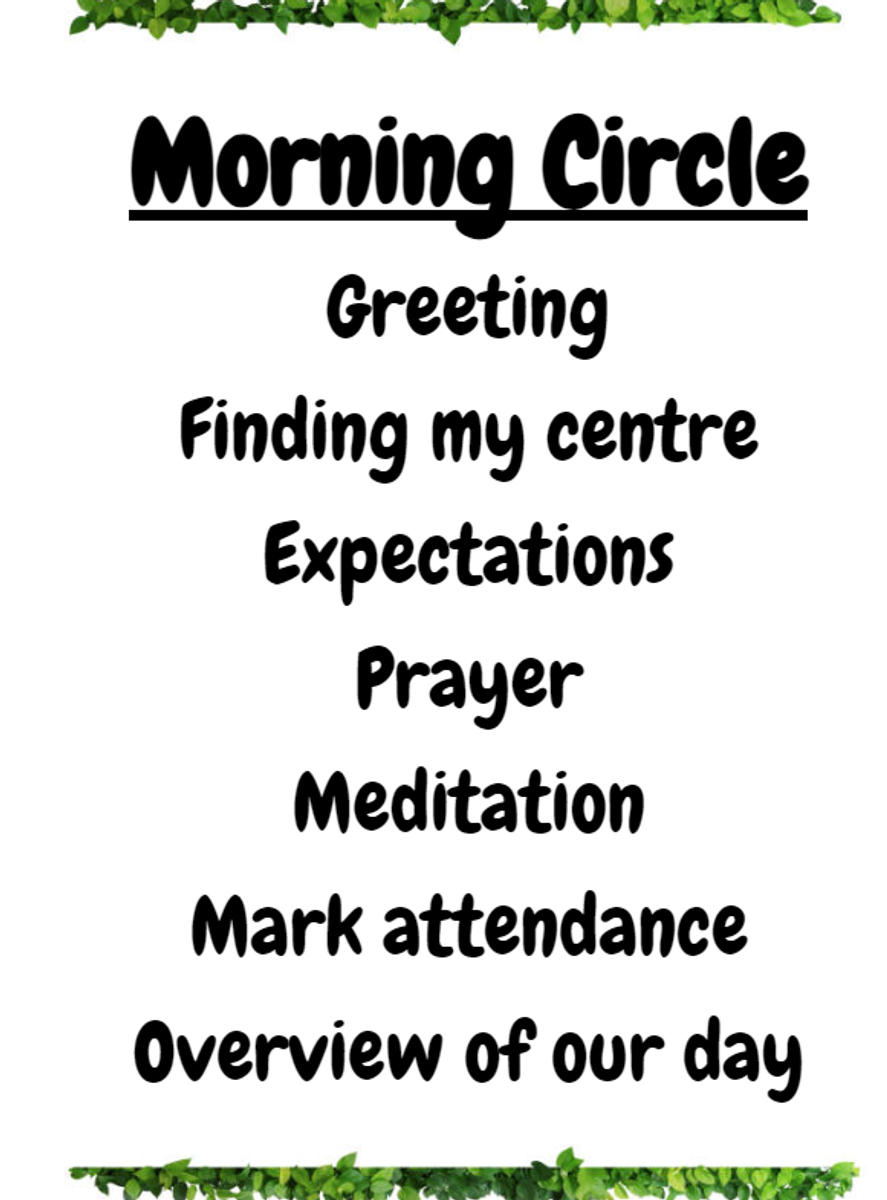



Circle routines are nurturing classroom practices that support student engagement, build wellbeing, and create positive classroom communities (Roffey 2006). In addition to creating a sense of safety and belonging, apredictable circle ritual evokes positive emotions. It primes students for open, flexible, and engaged thinking. Here we share our approach to circle time that includes intentional strategies for cultivating positive emotions.In many classrooms, teachers and students start every day of the school week with this circle routine. If it is practiced each day in a consistent way, students can eventually lead this routine themselves, with adult coaching.
There are six steps:
1. GREETING:


To commence, students sit or stand in a circle shape. Once students are in position, the circle routine begins with a greeting. For example, students go around the circle and say good morning to each other in turn. Students are encouraged to use each other’s names, maintain good eye contact, and perhaps give each other a handshake or fist bump. Our Yr 1/2s have developed their own secret handshake to use during this time with different class members each day.
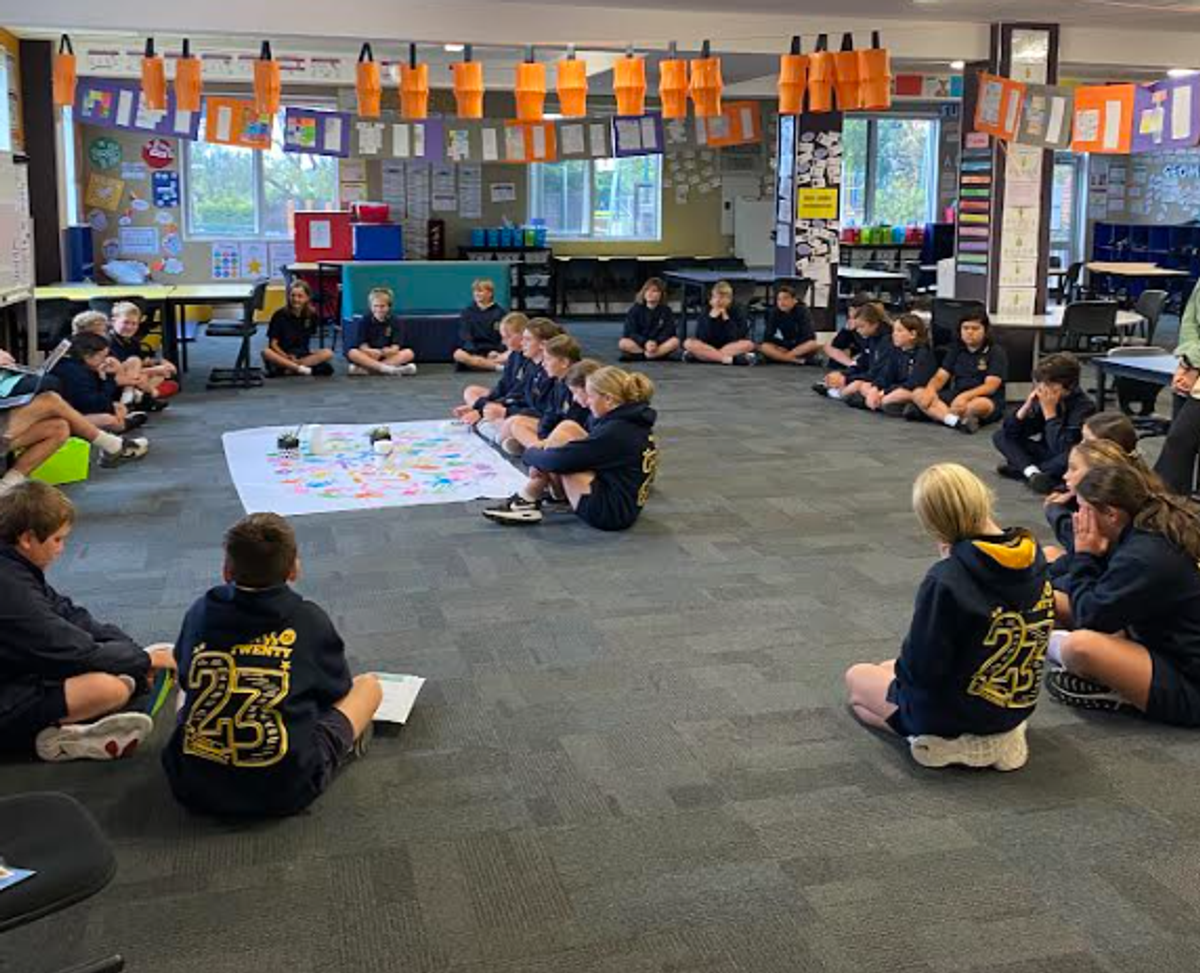

During this time, the role is taken (greeting by the teachers) and the Class Prayer or Christian Meditation ( a greeting with God) is performed.
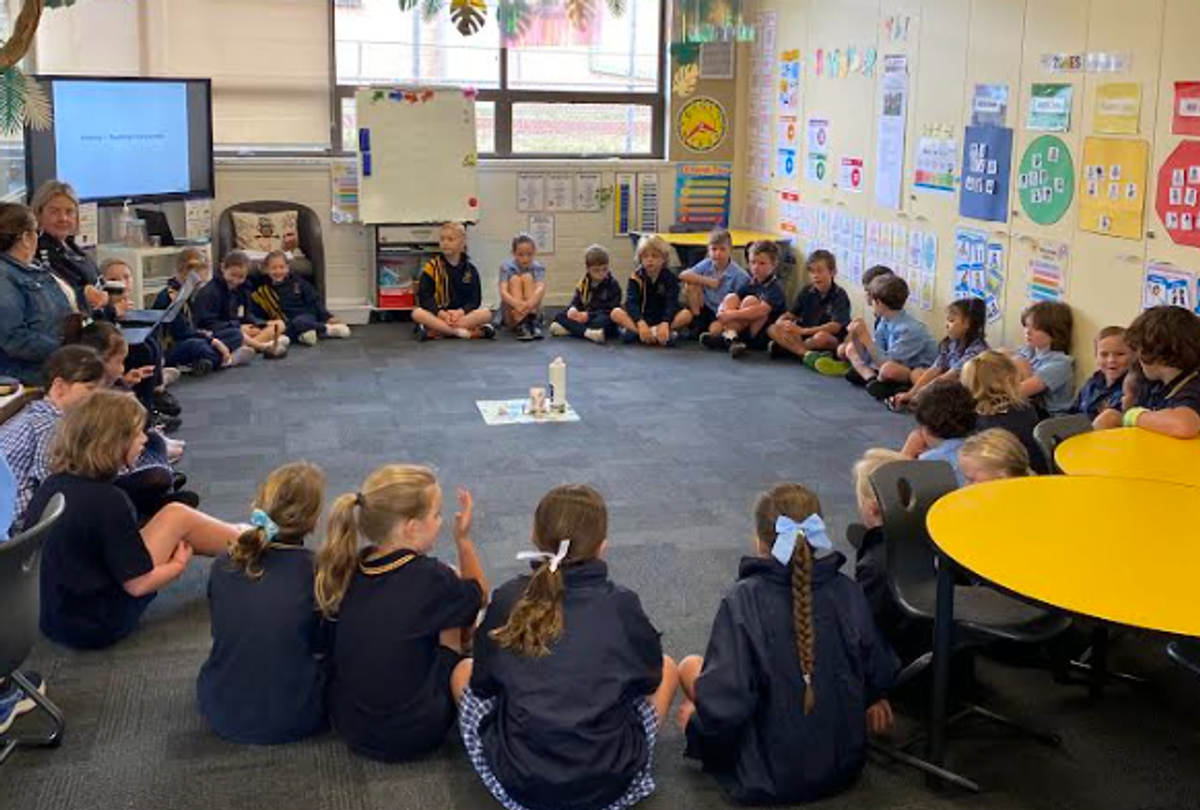

2. VALUES / SCHOOL RULES :


The teacher leads a short discussion where the students state our school values or rules. At St Joseph's these are our 3Bs (Be Respectful, Be Safe and Be a Learner). The students feel a sense of ownership and connection to the school community through these rules they helped to create as a school community and fosters a sense of belonging.
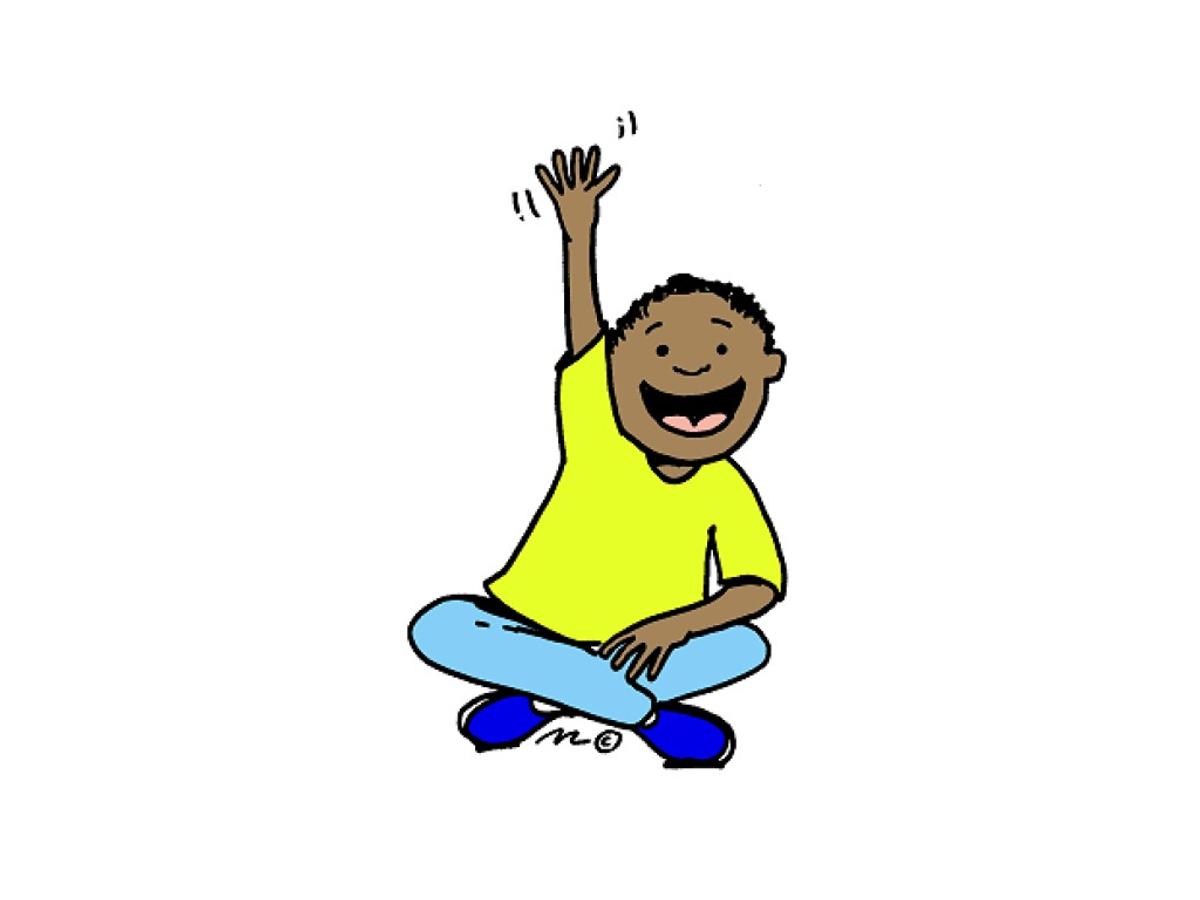

3. EXPECTATIONS:
The teachers and students share an expectation for positive behaviour for the day, such as setting the students the goal of raising their hand before they speak or 'tracking the speaker' by facing and listening intently to each person addressing the class.
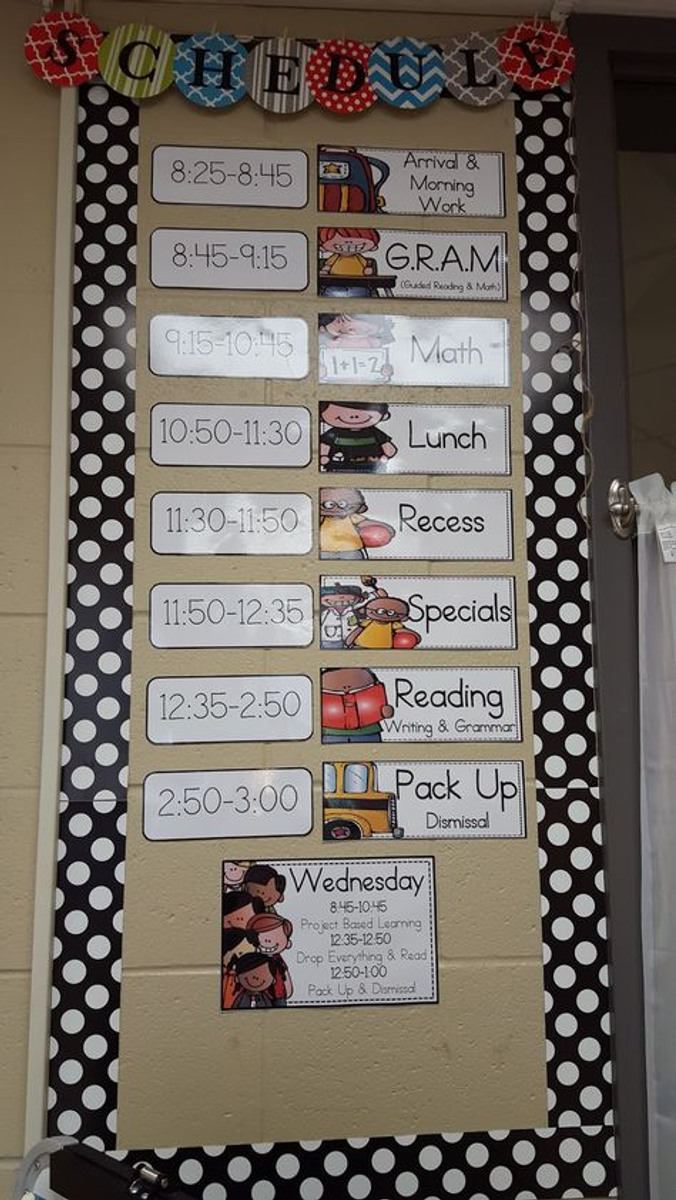

4. ANNOUNCEMENTS:
The teacher shares the class news and announcements, such as going through the Daily Visual Timetable for the day, acknowledging any birthdays or letting students know about any upcoming events.
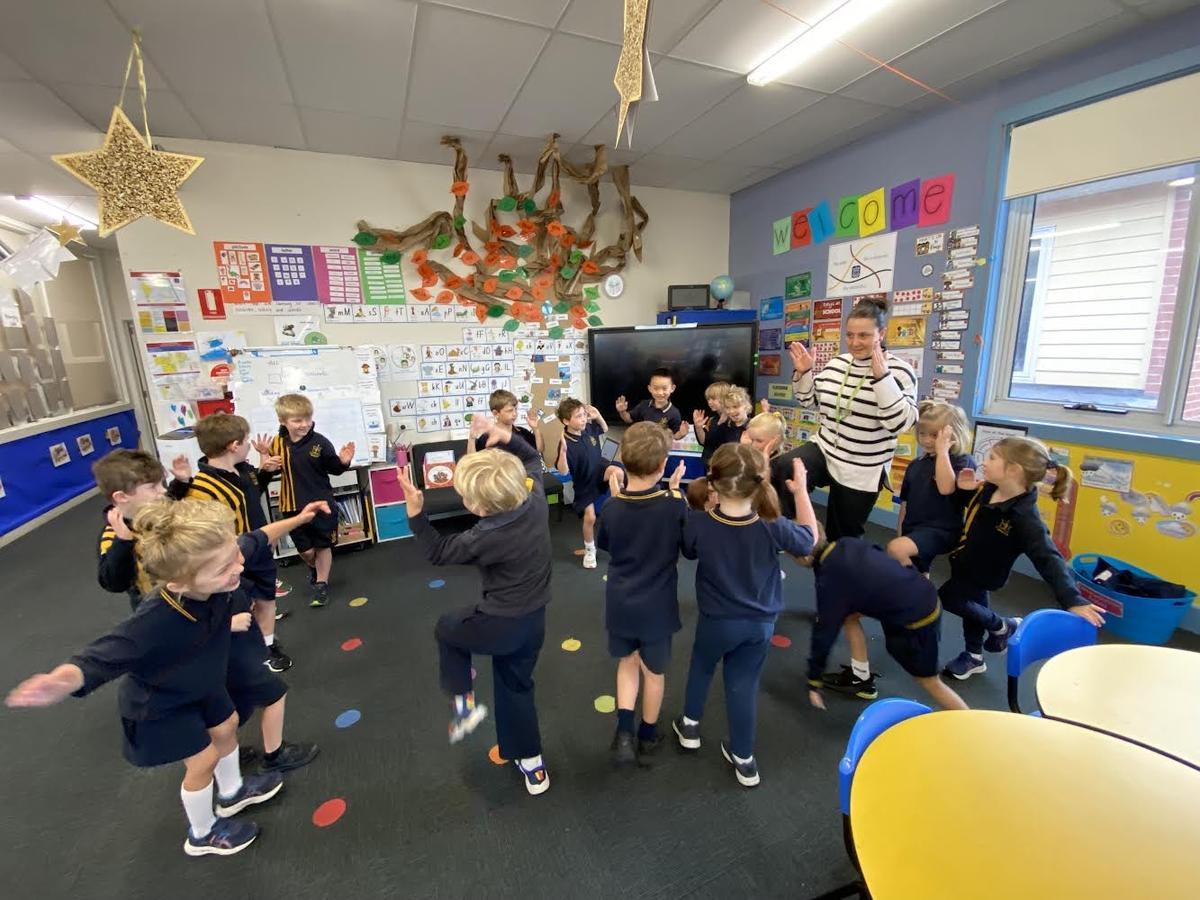

5. POSITIVE PRIMER:
The next step is a positive primer game. This may be an activity described earlier in this chapter, or something as simple as singing a song or playing a short game. Here are some photos and a video to download of the '1, 2, 3' Positive Primer performed in the 3/4 Space and another Prep space in a recent morning circle to prime the students for learning.
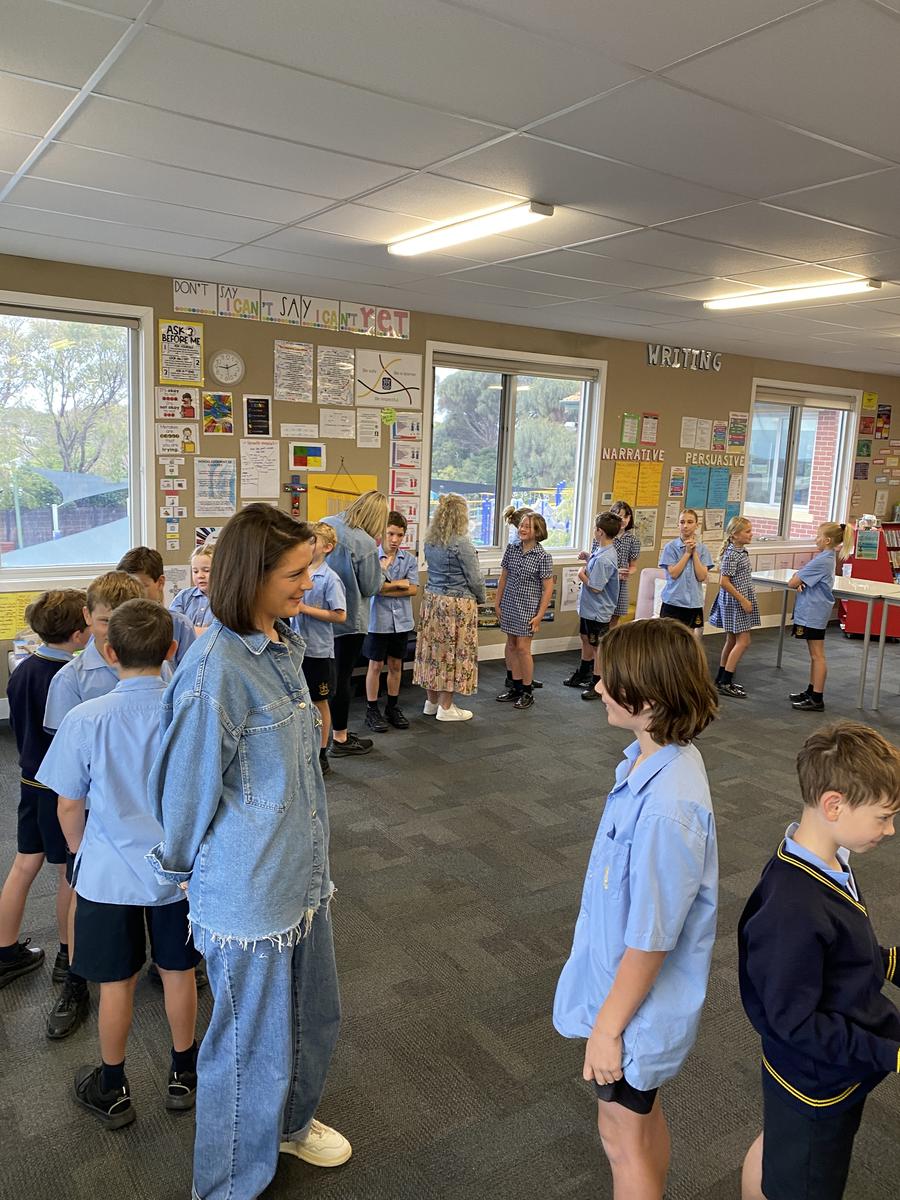
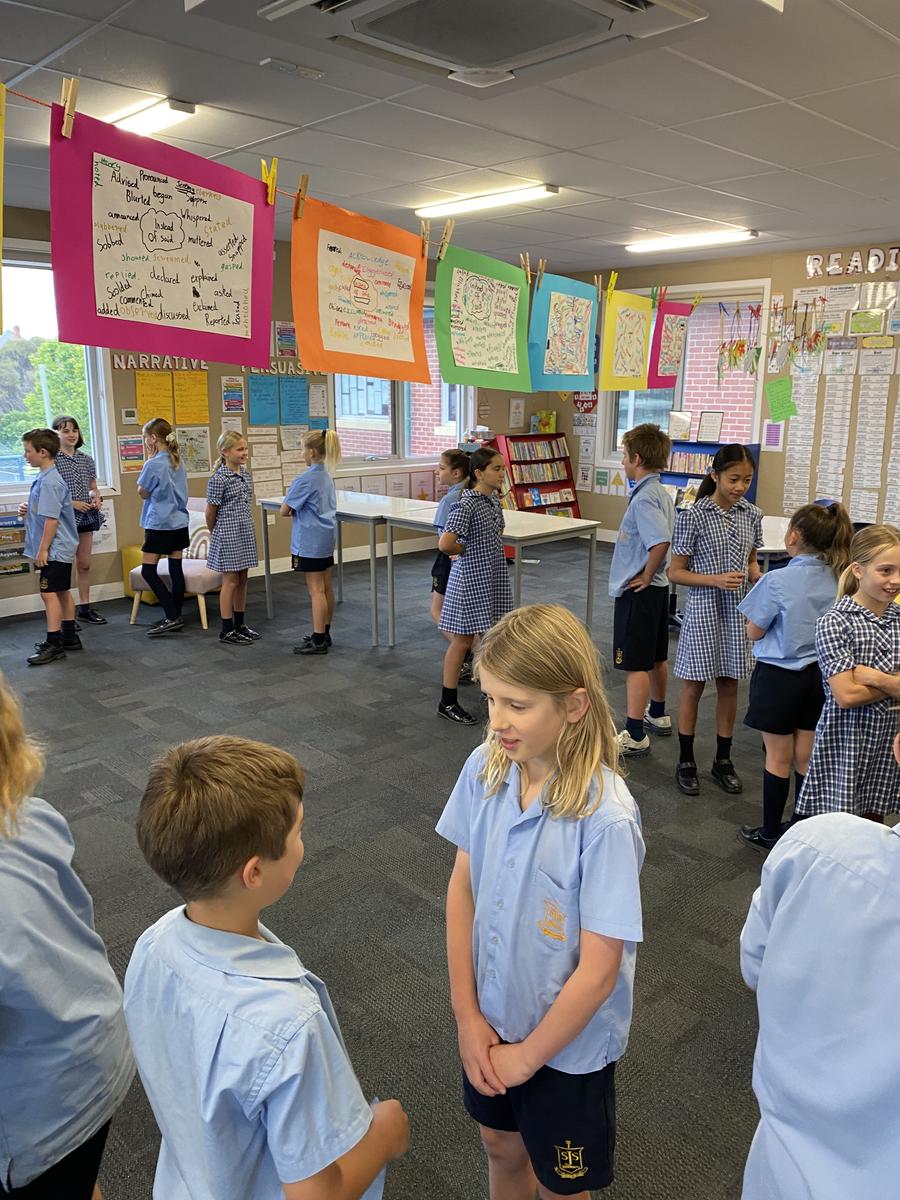




6. WHAT WENT WELL:


The circle routine finishes with a reflection on ‘what went well’ (www). Students share three things they did well during the morning circle. They may share that they showed respect to each other during the greetings, listened attentively during the statement of the school values and had fun during the positive primer game. These www reflections provide an opportunity for teachers to emphasize and encourage positive behaviours for learning the students have shown.
For further information on this evidence-based technique ASK YOUR CHILD/REN or you can read the following Berry Street Education Model article.
We will share more of what we are doing to strengthen wellbeing at our school in future editions of our newsletter.
Warm Regards,
Jenny Todd
(Student Wellbeing Leader)
jennyt@sjsorrento.catholic.edu.au